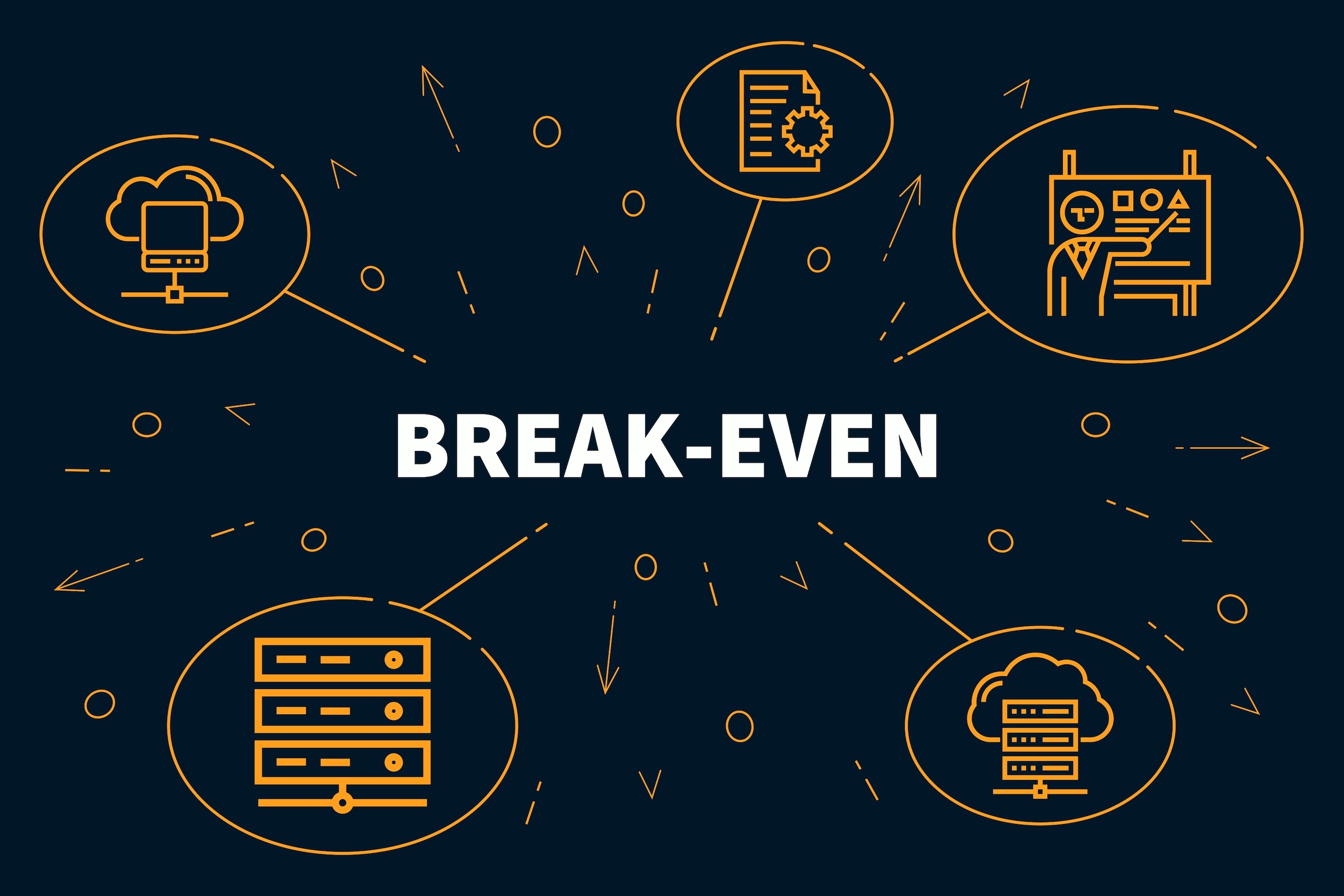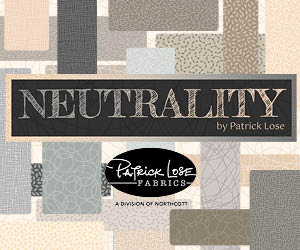
Knowing your break-even point helps you to plan for the long-term. Plus, the more data you have, the better you can run your business. Check out the below to find out just how much it costs for you to keep your doors open.
Determining your break-even point
A break-even point tells how many sales you need to cover expenses (or where it breaks even for a given period). By knowing your break-even point, you can determine how viable your quilt shop is, and if it’s getting weaker or stronger.
The equation for calculating your break-even point (or really when your revenue equals $0 profit) is:
- Revenue = Cost of inventory (goods) sold + Other expenses + Profit
- For the equation:
- Revenue = Sale price per unit x Number of units sold.
- Cost of inventory (goods) sold = Cost of inventory per unit x Number of units sold (keywords are inventory and sold. Not what’s sitting on your shelves).
- Other expenses = Sum of all non-variable expenses (or rent, utilities, payroll, insurance, taxes, etc.)
For break-even purposes, profit is $0. If you want a margin of safety, simply chose the number you want as a net and plug that into the equation.
Determining daily business costs
Once you figure out what your break-even point is, you can determine how much it costs to operate per day.
Most quilt shops separate this into two categories: fixed expenses per day and variable expenses per day. Some of these expenses include payroll, rent, utilities, and more. Knowing all of these equations will help you make smarter buying and selling decisions.
Inspiration for this post came from “Know Your Break-Even Point” by Jacob Curtis published in the June 2021 issue of American Quilt Retailer.
If you’re looking for more information to guide you in owning a retail business, subscribe to American Quilt Retailer today. Already a subscriber? No worries—join our Facebook group for insights and dialogue from industry specialists like you. And don’t forget, you can always purchase single issues if you prefer that instead.




